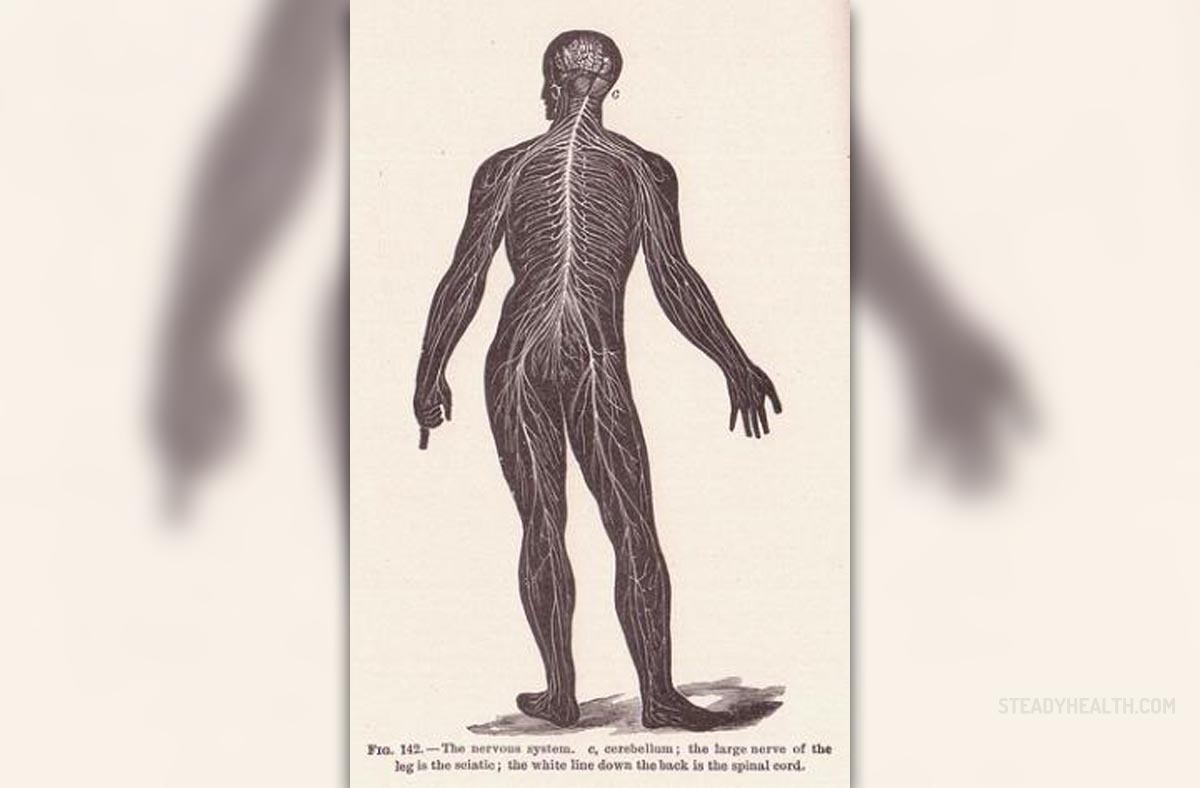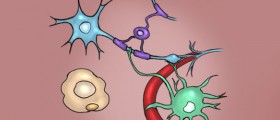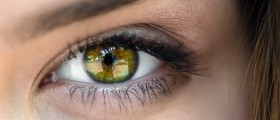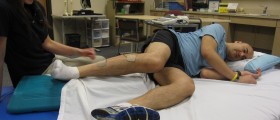
Knowledge of the functioning of the human nervous system is far from complete. Everything that is known today is derived from observations of the effects of disease or by analogy with other animals, especially monkeys. The main difference in human nervous system, compared to other mammals, is in the enlargement and elaboration of the cerebral hemisphere. Knowledge about nervous system is rapidly expanding and it is yet to be complete.
Receptors
Receptors serve to convert the energy they receive from external and internal stimuli, into electrical impulses. There are a lot of different kinds of receptors and they can be classified in many ways. For example, steady-state receptors generate impulses as long as a particular state remains constant. Contrary to them, changing-state receptors respond to the changes in the intensity of the stimulus. Furthermore, receptors may be extroceptive, reporting the external stimuli, or introceptive, reporting the stimuli of the body itself.
Receptors may be sorted in accordance with the kinds of stimulus they are sensitive to. That’s why, we have chemical receptors, thermoreceptors, mechanoreceptors, nociceptors… Chemical receptors are sensitive to substances felt in the mouth, inhaled through the nose or found on the body. Thermoreceptors react to warmth or cold. Mechanoreceptors provide information about the force of mechanical stimulation, while the nociceptors report about noxious stimulation that may damage the tissues or the body.
Receptors may be collected together to form an organ like eye or ear, for example, or can be scattered like those we find in skin or viscera. Area from which a neuron receives an input is called the receptive field. Receptors are linked to the central nervous system by a network of nerve fibers, and they report to the brain two features of stimulation: the intensity and the site.
Reflex actions
Reflex activity is a form of neural activity that leads to immediate reaction. It is the kind of inborn central nervous activity that happens without our conscious attempt to conduct it, in which a certain stimulus produces an immediate response of muscle or gland. The same activity may sometimes be conducted willingly, but in these cases it is not categorized as a reflex.
The most prominent reflex example is a papillary light effect – if a light is flashed into one eye, the pupils of both eyes contract, automatically. The same happens in lacrimal reflex – irritated eye stimulates the lacrimal glands causing the outpouring of tears.
First reflexes develop in the womb after seven and a half weeks of conception. Stimulation near the mouth of the fetus causes the lips to be turned towards the stimulus. This reflex develops to sucking and swallowing reflexes after the birth.
However, not all of the reflexes are immediate. There are also recruiting reflexes that require increasing stimulation to make a response. The contraction of the bladder is a perfect example that requires the increasing amount of urine to stretch the muscle. On the other hand, reflex reactions depend of the impulses from higher nervous system. In that manner, most of them may be suppressed with training (for example the cough or gag reflex). There are also conditional reflexes that are, actually, complicated acts of learned behavior. For example, salivation occurs only if the person is conscious about the presence of food or if he imagines food.















_f_280x120.jpg)

Your thoughts on this
Loading...